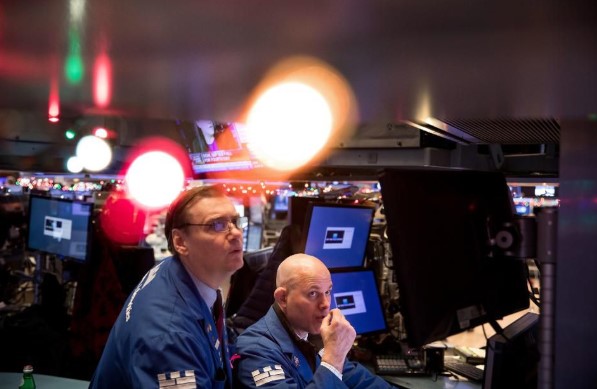
In the 1980s, researchers were surprised to find that smaller companies outperformed larger ones in the stock market. Beating the market should not be as simple as owning smaller companies. Understandably much debate followed. So did the launch of many small-cap investment firms to take advantage of this trend. Research then found that virtually all outperformance of smaller stocks came in the month of January, hence the January effect was born.
A Good Month For Markets
Before we dive into the details, we should first note that January does tend to be a good month for markets overall. On a market cap weighted basis, January has historically been among the best months. However, if you look at January on an equal-weighted basis, the effect becomes more pronounced. Let’s dig into why that is.
Factors At Work
Generally, there do appear to be certain patterns in the markets, based on the sort of stocks you buy. For example, buying portfolios of stocks that have risen in value in relative and absolute terms over the past year, can tend to continue to outperform. This is called momentum. Equally, stocks that relatively are less expensively valued; smaller; more profitable; and invest less can all tend to outperform over time too, according to research by Eugene Fama and Kenneth French based on historical market data. These attributes that can lead to superior stock performance, and are often referred to as factors. Of course, they don’t deliver consistently, but over time, studies have suggested they can improve investment performance.
Nonetheless, small stock performance behaves strangely, even relative to other factors. Other so-called factors can hold up across different countries and asset classes, whereas the size effect tends to be less consistent. Furthermore, the size effect only really hits home in January. For the rest of the year it seems dormant. Researchers from AQR Capital have found that small stocks outperform large ones by 2.1% in January, on average, looking from 1926 to 2017.
This is quite impressive, but bear in mind that this outperformance only exists in January, not at all for any other month. Conversely, January tends to be a very poor month for another factor-based strategy, momentum. Past winning stocks tend to fare quite poorly in January, right at the same time smaller companies are doing well as highlighted in research from Mark Haug and Mark Hirschey.
Tax-Loss Harvesting?
It’s possible that tax-loss harvesting is linked to the January effect. Essentially, retail investors sell losing stocks to potentially improve their tax position and then seek to buy them back in January. Possibly smaller companies move more in reaction to this trend, given limited liquidity. Various researchers have found support for the idea that tax-loss selling may drive the January effect including this one by Honghui Chen and Vijay Singal and other studies based on the French market. However, the view is not universally accepted. Still, it would help explain why the effect is found right at the start of the year, but basically absent for the rest of it. If this is the cause, then the January effect may weaken over time. This is because automated trading is making tax-loss harvesting easy to accomplish year-round rather than something you rush to do in December.
What To Do
The January effect is among the more intriguing trends in the market. There are other seasonal effects too, but the way the January effect helps small stocks and hinders stocks that have run up in price is particularly interesting. If you’re a momentum investor, then January may prove to be a challenging month.
However, if you’re looking to add smaller companies to your portfolio, especially if they’ve seen a rough 2018, then doing that in late December may make more sense than waiting until January, that way should the January effect hit, you may benefit. With many of these effects, they are fairly small and don’t occur reliably each year. For example remember the January effect is approximately a 2% benefit on average, so you could lose it entirely if you trade too much, but being aware of trends such as these, may help you better finesse moves you were considering making anyway.